Of all the many varieties of tea, green tea has been enjoyed by humans for millennia and is renown for the differences in its taste, bouquet and appearance. Like fine wine, the differences in green tea are largely determined by the type of leaf, the soil, the climate in which the shrub is grown and how the leaves are processed.
Many connoisseurs of tea consider Japanese green tea cultivated by the Chagusaba (茶草場) method to have an exceptionally sweet taste.
How Farmers Use the Chagusaba Method
Chagusaba is a traditional technique of cultivating the shrub camellia sinensis, the shrub that traditionally produces tea leaves. People have been farming tea using this technique for very long time. Chagusaba (茶草場) is the Japanese word that refers to a partly natural and partly man-made grassland. These grasslands are deliberately grown around the tea field and supply mulch for the shrubs. The grass is cut down in the fall, hung to dry then cut and spread over the furrows in the tea field. The nutrients that are placed in the soil by this mulch greatly affect the taste and the bouquet of the green tea by keeping the soil warm and locking in moisture. The mulch discourages the growth of weeds and keeps soil and fertilizer, if it's being used, from being washed away. At the same time, the mulch keeps the fertilizer from burning the roots of the tea plant. The grass itself is abundant in silicic acid, which further enriches the soil as the grass breaks down. The addition of rice bran and chaff also adds amino acids to the soil. Amino acids are large molecules responsible for building proteins.
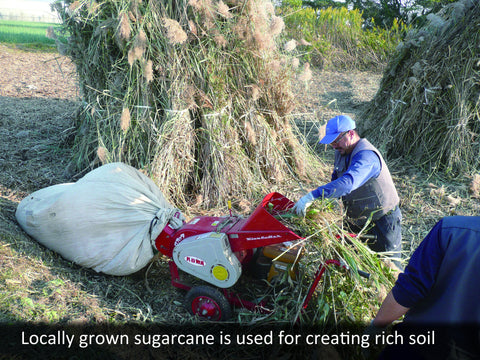
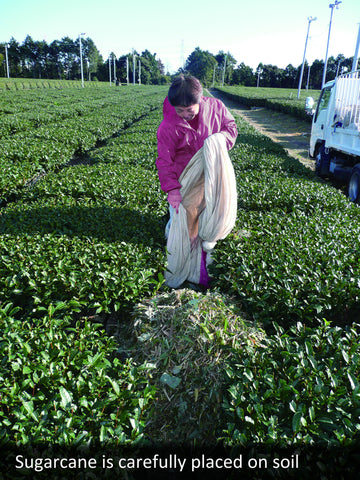
Sustainability and the Chagusaba Method
Best of all, the Chagusaba method is sustainable, as the grasslands are mowed and burned periodically and provide food for cattle and other animals. Managing the grasslands also discourages larger plants from growing and encourages the growth of meadow plants, including species such as Japanese silver grass used for the mulch and the seven herbs of autumn. These are seri, nazuna, hahakogusa, hakobe, koonitabirako, kabu and daikon. Flowers from the grassland called chabana are used to decorate a room during the traditional Japanese tea ceremony. Other elements such as chaff, rice bran, rapeseed meal and VS bacteria are also mixed in the dirt.


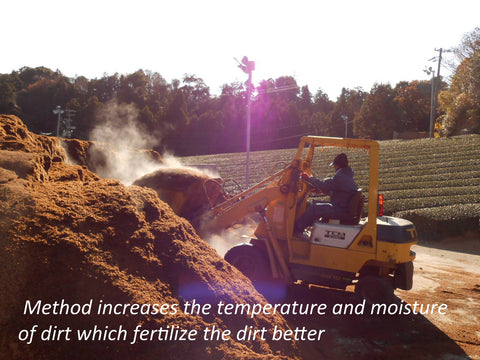
Method Used Mostly in Shizuoka Prefecture
These Chagusaba grasslands are found mostly in Japan's Shizuoka Prefecture near Mount Fuji and the Pacific Ocean. This prefecture is known as the Capital of Tea because of the abundance of the tea produced there. About 43 percent of all the tea in Japan comes from this area. It even has a Tea Museum. Seventy-eight percent of the farmers in this prefecture are tea farmers, and many co-own tea factories and form cooperatives to help process their tea. Though the Chagusaba method requires a lot of hard work, the tea is of such high quality and brings in such high prices that the cooperatives are profitable.
Chagusaba Method is Deemed a Globally Important Agricultural Heritage System
In 2013, the Chagusaba method practiced in Shizuoka was designated a Globally Important Agricultural Heritage System by the United Nations Food and Agriculture Organization. Unfortunately, the Chagusaba technique is falling out of favor with Japanese tea farmers, even though it is sustainable. It is simply less labor intensive to use highly mechanized procedures to process tea. Yet, organizations such as the UNFAO hope that more and more farmers around the world think of adopting the Chagusaba method for cultivating tea.


Producing the Wonderfully Sweet Green Tea
The climate of Shizuoka Prefecture is perfect for the production of green tea. The temperatures are mild, and the area gets plenty of rain. The camellia plant produces its leaves four times a year from early spring to late fall then goes dormant. There are seven tea growing regions in Shizuoka, and the tea of each region is subtly different.
Though there are now machines that pick the leaves of the tea plant, high quality tea is still picked by hand. Only the top two leaves of the plant are plucked. In some farms, this takes 25 to 30 workers every year, and they pluck only about a quarter of an acre every day.
After the leaves are plucked, they are withered. This reduces the amount of water in the tea to make it more supple. When the leaves are withered, they undergo shaqing. They are then put through one of four processes. The leaves can be steamed, which gives green tea its classic "grassy" taste and its grassy color. They can be baked or dried in the sun. Finally, they are dried in ovens after the PPO enzyme has been completely eliminated. During this process the leaves are warmed and left to cool until the water content is under 5 percent.
Can the Chagusaba Method Last?
Green tea is sought after for its sweet taste with grassy notes and its health benefits. The ancient Chagusaba method of using grass and other meadow plants from a semi-natural grassland to mulch tea plants is both environmentally friendly and helps create a unique green tea. Though the method is being replaced by mechanization in many places, environmentalists hope that more farmers embrace it around the world.
Can the Method be Used Outside of Japan?
Farmers outside of Japan who embrace the chagusaba method must adapt it to the soil and climate of the farms where they work, of course. For example, the method is being considered around the Chesapeake Bay area, which is found off the coasts of Maryland and Virginia in the United States. The bay, known for the abundance of its fishing, especially the blue crab that's a favorite in Maryland restaurants, has been deteriorating due to nitrogen run-off. This run-off is the result of adding fertilizer to farms hundreds of miles upstream of the bay itself. Some environmentalists believe that if these farmers used their own version of the Chagusaba method it would support the health and productivity of both the farms and the bay.
Buy Japanese Green Tea Using Chagusaba Method Now
Get Free Bonus Books

Sign up for free to the Green Tea Club to get advice and exclusive articles about how to choose Japanese Tea, and tips, tricks, and recipes for enjoying Japanese tea.
About the author
Kei Nishida
Author, CEO Dream of Japan
Certification: PMP, BS in Computer Science
Education: Western Washington University
Kei Nishida is a passionate Japanese green tea connoisseur, writer, and the founder and CEO of Japanese Green Tea Co., a Dream of Japan Company.
Driven by a deep desire to share the rich flavors of his homeland, he established the only company that sources premium tea grown in nutrient-rich sugarcane soil—earning multiple Global Tea Champion awards.
Expanding his mission of introducing Japan’s finest to the world, Kei pioneered the launch of the first-ever Sumiyaki charcoal-roasted coffee through Japanese Coffee Co. He also brought the artistry of traditional Japanese craftsmanship to the global market by making katana-style handmade knives—crafted by a renowned katana maker—available outside Japan for the first time through Japanese Knife Co.
Kei’s journey continues as he uncovers and shares Japan’s hidden treasures with the world.
Learn more about Kei
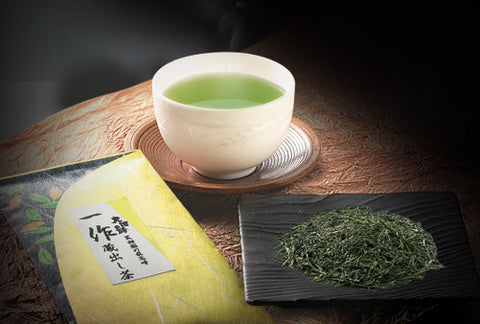
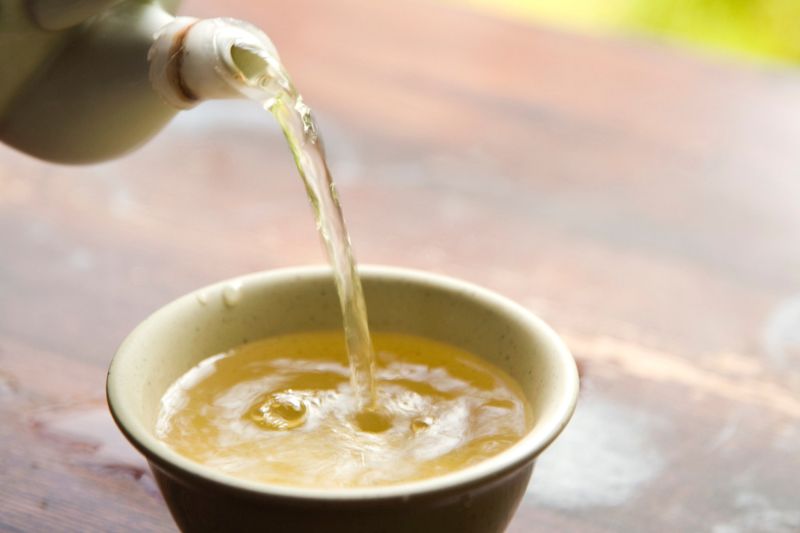
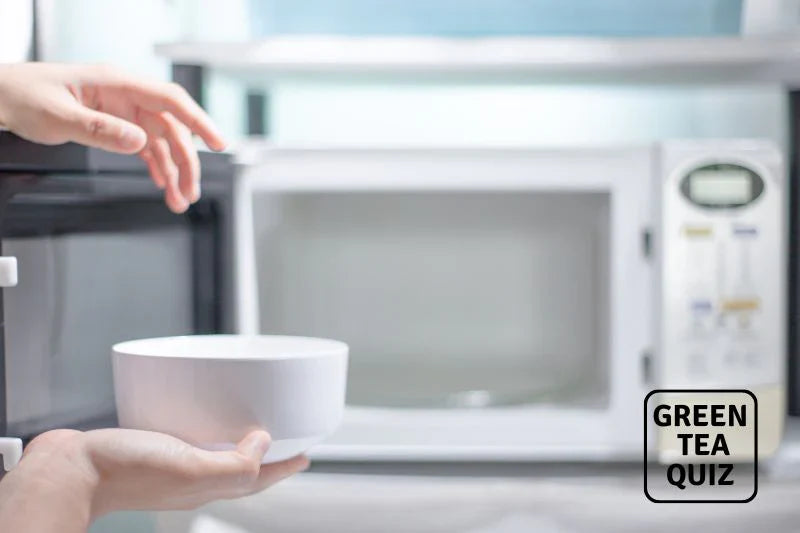

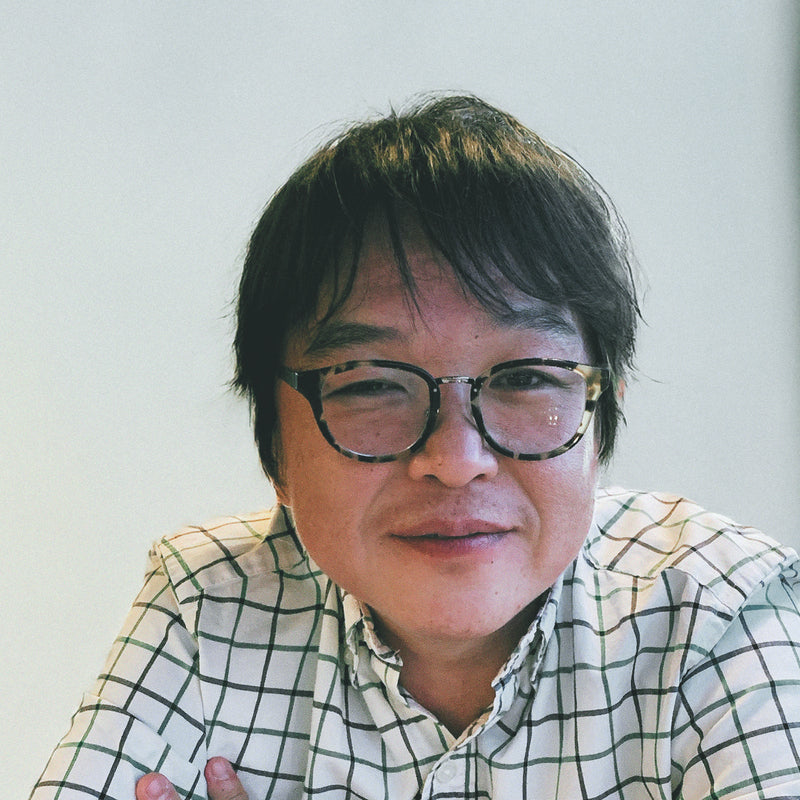

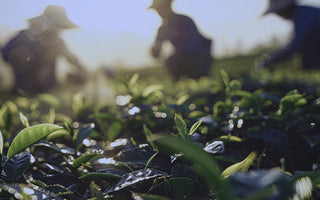
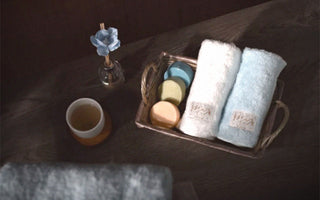
Thank you, Kayo, for your question. Yes, you can sign up for Green Tea Club here to enter into the giveaway. We give away the full package (not a sample) if you win: https://www.japanesegreenteain.com/news/
If you are interested in samples, you can get them as well. Please see: https://www.japanesegreenteain.com/pages/faq-japanesegreentea-in-frequently-asked-questions#tea1
The article contains so many outstanding information in my personal opinion.
I am wondering what does Monthly giveaways mean at Green Tea club.
Does it give us some trial teas?
In March, Japanese pampas grass is planted for the purpose of them being used for fertilizer in autumn and winter.
Wow! The process that goes into this tea is amazing. I cannot believe the system you guys use to sweeten the soil, in return sweetening the plant itself. Absolutely amazing. I am in awe. Delicious tea as well. I’ve only recently decided to try this brand out. I was referred by a friend, and I will not be drinking any other green teas. Yum to the max!
Thank you very much Sam for your compliment! :)